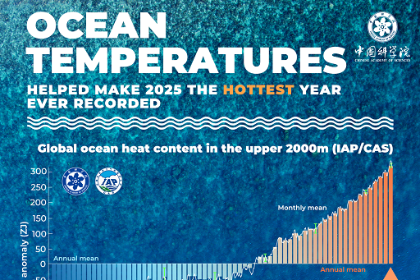No easing up in fight against illicit drugs: China Daily editorial


This year, China has observed the World Anti-Narcotics Day, which fell on Wednesday, with a piece of encouraging news.
According to an annual report released by the National Narcotics Control Commission, there were 2.4 million known drug users in the country to the end of 2018, as compared with 2.55 million in 2017 — the first time the number has declined.
While it is still too early to say that China's anti-narcotics situation has reached a turning point, this definitely marks a milestone in the country's fight against the use and illicit trafficking of drugs, especially against the global backdrop where the range of drugs and drug markets are diversifying and expanding as never before.
The achievement can be attributed to China's consistently relentless crackdown against drug offenses over the years, with punishments including the death penalty being among the most severe globally and its success in raising public awareness about the harm illicit drugs can do, thanks to prevalent education work. From 2018 to May 2019, both the number of arrests in drug-related criminal cases and the number of such cases prosecuted dropped by around 9.6 percent, indicating the high incidence of drug-related crimes has been curbed.
But despite the progress, China will by no means win a complete victory in its anti-narcotics fight without collaborating more closely with other countries, especially its neighbors, because drug-related crimes never stop at borders. For instance, 43.6 percent of methamphetamine — a potent central nervous system stimulant — seized in China last year originated from the Golden Triangle, which remains one of the largest overseas sources of illicit drugs.
To curtail the influx of illegal drugs from their source, China is working jointly with Myanmar and Laos by strengthening law enforcement, and using satellite remote sensing technology to monitor opium poppy cultivation areas. As a result, the annual opium output capacity in the area has declined steadily, from 600 tons in 2015 to 500 tons this year.
But all this gives no reason for relief, as the anti-narcotics fight remains daunting.
Synthetic drugs, which are hundreds of times more potent than traditional drugs, are becoming more popular, especially among young people, who often link their use with expression of individuality and a new lifestyle. Also called "designer drugs", they can be manufactured in a lab with altered molecular structure in order to avoid being classified as illicit drugs. Drug traffickers are also turning to the internet and using the country's fast developing logistics networks and express delivery channels for trafficking, making it more difficult for police to track them.
There is still an uphill and long-lasting battle ahead, and the country cannot afford to ease up on its efforts.

































